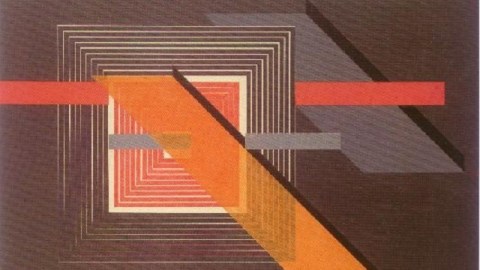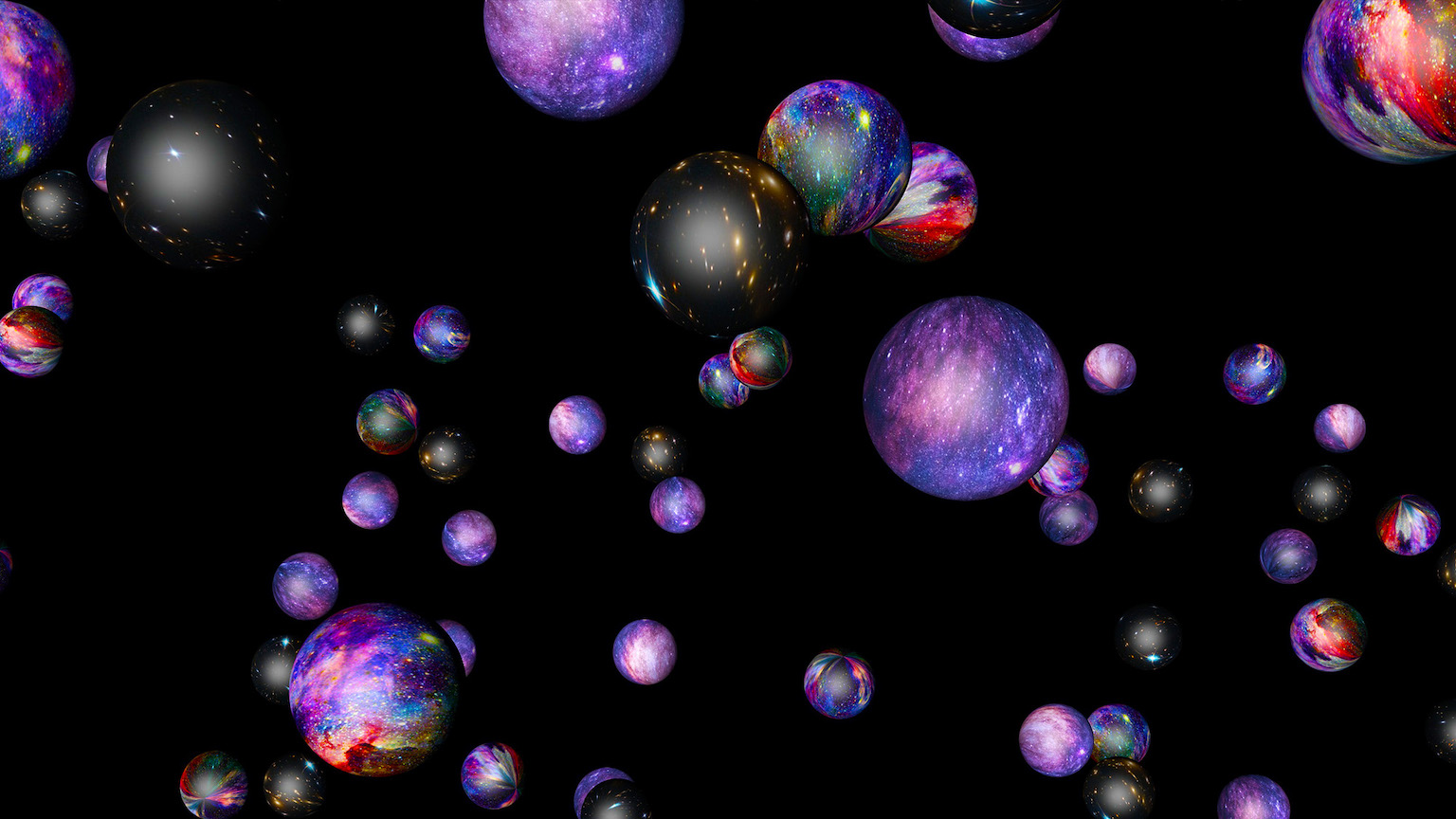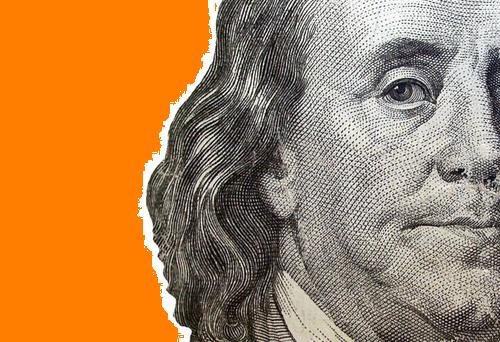Does Fear Help Us Appreciate Abstract Art?

“Indeed terror is in all cases whatsoever, either more openly or latently, the ruling principle of the sublime,” Edmund Burke wrote in 1757 in his A Philosophical Inquiry Into the Origin of Our Ideas of the Sublime and Beautiful. Burke’s words have stood unproven but well-considered for over 250 years. A team of research psychologists think they may have finally proved Burke correct. After showing subjects short, scary videos, the researchers found that the terrorized viewers had a greater appreciation for abstract art shown to them immediately afterwards. Is “terror,” as Burke put it, really “the ruling principle of the sublime,” namely the wow factor or speechlessness that we experience before certain works of art? When someone says that they just don’t get abstract art, should we sneak up behind them and say “boo”? Or is it the other way around, and abstract art helps us appreciate our fear?
In an article titled “Stirring Images: Fear, Not Happiness or Arousal, Makes Art More Sublime” by Kendall J. Eskine, Natalie A. Kacinik, and Jesse J. Prinz posted online February 6th by the psychological journal Emotion (free abstract here, full article pay only), the researchers found that, among an array of emotional conditions inspired in test subjects, “[o]nly the fear condition resulted in significantly more positive judgments about the art” shown to them, thus “provid[ing] the first evidence that fear uniquely inspires positively valenced aesthetic judgments.” For all those who like sunny days with their Monets, this study suggests pairing your Frankenstein with your Frankenthaler.
Eskine et al. took 85 undergraduates from Brooklyn College and randomly assigned them to experience one of five emotional conditions: fear, happiness, “high physiological arousal,” “low physiological arousal,” or “control.” They induced fear or happiness using brief videos of a scary or happy event, respectively. While in the desired state, the undergraduates viewed a series of paintings for approximately 30 seconds each and scored them from 1 to 5 (5 being highest agreement) on how “inspiring,” “stimulating,” “dull,” “exciting,” “moving,” “boring,” “uninteresting,” “rousing/stirring,” “ imposing,” and “forgetful” the work was. “These dimensions were chosen because they convey components of sublime experiences, as conceptualized by Burke,” the paper explains. To control for subject prejudices either for or against a certain artist or art movement, works by the relatively unknown Russian geometric abstract artist El Lissitsky were shown. (El Lissitsky’s Proun Inv. 92, from 1924-1925, appears above.)
Fear and “greater physiological arousal” both led to “higher sublime scores,” but it was already understood that physiological arousal could enhance an aesthetic experience. Citing fear’s evolutionary role in humanity’s fight or flight survival system, the researchers suggest that this link between fear and sublime feelings “may stem from [abstract art’s] ability to trigger our evolved mechanisms for coping with danger.” “Art is not typically described as scary,” Erskine et al. continue, “but it can be surprising, elicit goose bumps, and inspire awe. Like discovering a grand vista in nature, artwork presents new horizons that pose challenges as well as opportunities.” When we stare at a Rothko, for example, we encounter a strange new world that presents a “safe” kind of danger that allows us to practice overcoming our fear by transforming it into an encounter with the sublime.
As Virginia Woolf wrote in her essay “The Supernatural in Fiction,” “It is pleasant to be afraid when we are conscious that we are in no kind of danger.” Just as we scream on rollercoasters despite knowing that we’re not going to plummet to our doom, we can be shocked by a painting despite knowing that it cannot harm us. Erskine et al. pose an interesting concept in suggesting that fear can help viewers appreciate abstract art. I would also suggest that fear helps artists create abstract art. (The researchers hint at this when they write, “Artists may be tapping into this natural sense when their work takes people’s breath away.”) The 20th century—with all its genocides, weapons of mass destruction, and other technologically driven anxieties—could easily be labeled “The Age of Fear Itself” (with the 21st century already off to a strong start to challenge for the title). Is it any wonder that Kandinsky worked around World War I, Picasso great Guernica came out of World War II, and Pollock painted while “the big one” could drop at any moment during the Cold War? Yes, fear may help prepare us for these works, but these works may also prepare us for our fears by giving them an expression outside of ourselves that removes us from our individual situation and universalizes our feeling, making it bigger than just us, literally sublime. For anyone who doesn’t “get” abstract art, they might want to consider the ideas in Erskine et al.’s article before their fears “get” them.
[Image:El Lissitsky. Proun Inv. 92, 1924-1925.]





